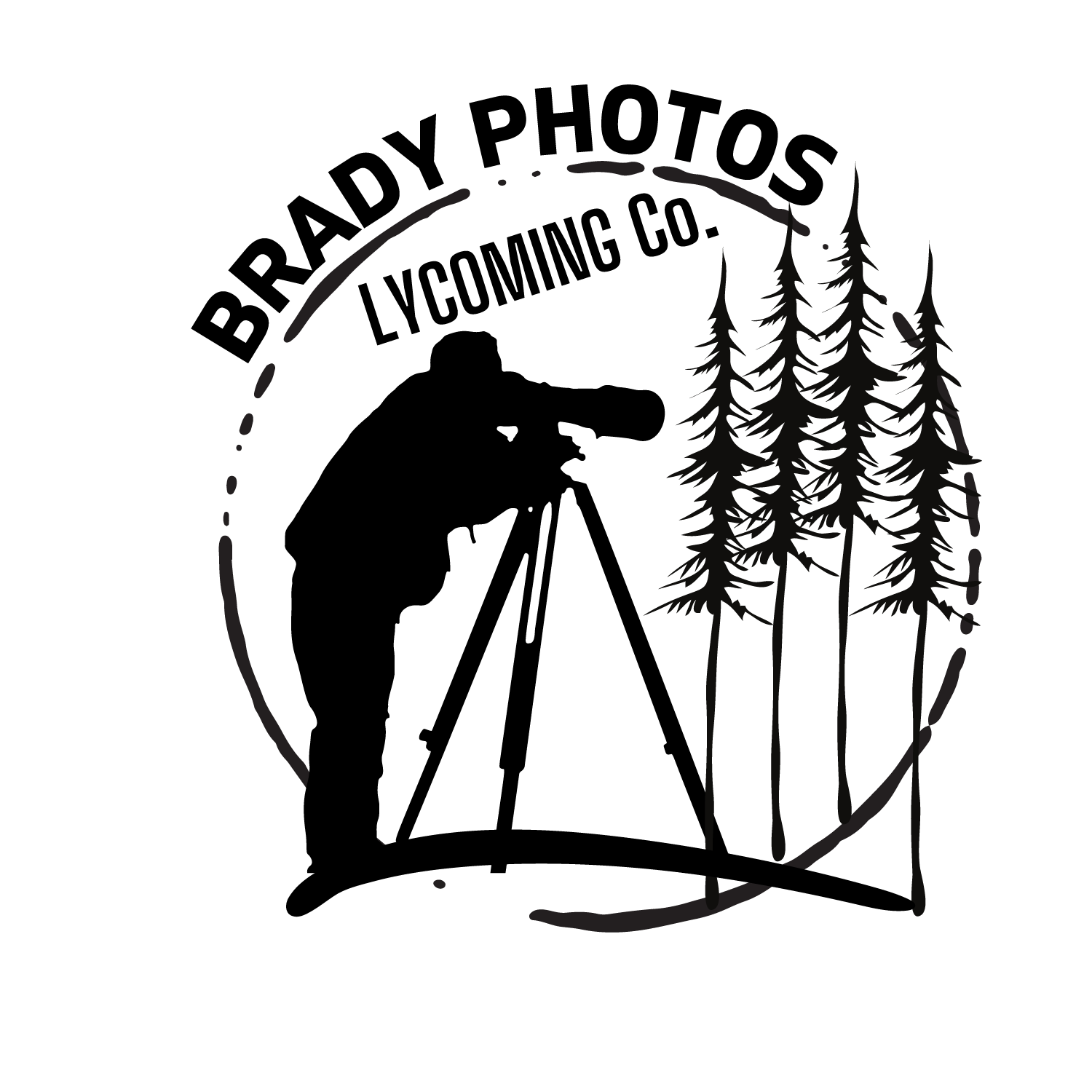Plan Like a Mountaineer, Shoot Like an Artist
The Plan Was Simple
When Jennifer and I set up camp near Grand Teton National Park, we had a plan — and not a casual one.
We’d scouted maps, elevation lines, and sun paths days in advance. We weren’t just chasing views; we were chasing light.
Our campsite overlooked a ridge with a clear line to the Tetons. We wanted both sunrise and sunset visibility — the kind of place where light has room to stretch.
That’s the planner in me: logistics, timing, angles, elevation. It’s second nature after years of travel and military precision.
But here’s the truth: plans get you ready, not rewarded.
The Shot That Found Us
The best photograph from that campsite wasn’t the one I planned.
We had gone for our hikes. We had stopped and photographed the mountains from the distance. The Ranger stations were closing as sunset crept in. But we wanted to make one more stop,. This one was String Lake. So we took the quick turn, and drove back to the lake. We got out of the truck as the last tourists were leaving, and walked to the waters edge. We were in AWE! The still waters. The beautiful mountains. The trees.
So we both instinctively pulled out our phones and took a few “snap shots.” We weren’t thinking “OH PHOTOGRAPHY” we were thinking “THIS is beautiful!”
As we were driving away I commented “Oh, man! I never got the camera out!”
By then, we agreed it was too late. But then… we saw the images.
That’s the artist part — knowing when to break formation and just respond.
And with the right training, we are ready. Composition becomes “second nature” and you just… respond.
The shot that came from that moment is one of my favorites. Because it wasn’t the one I expected. It was the one the world offered.
Glacier National Park: Same Story, Different Weather
We had Glacier all mapped out too.
I knew the lakes, the ridges, and exactly where the light would fall at dawn. I’d even been checking topographic shadow angles. But when we arrived, everything changed — fog, drizzle, muted skies.
At first glance, it was the opposite of what I wanted. It was cloudy. Windy. The sun might as well have been playing hide and seek.
But then the weather started to play back.
It was gorgeous. The sunlight hit the clouds just right. The wind on the lake started painting shapes. And the patience paid off.
It was better than clear skies could ever have been — not technically perfect, but emotionally real.
The kind of moment you only get when you’re willing to let the plan breathe.
The Balance Between Control and Chaos
Good photography is a paradox:
You prepare like a mountaineer — every detail considered. Then you shoot like an artist — loose, adaptive, open.
Planning gets you to the right place at the right time.
But creativity begins when you stop forcing the outcome.
If you cling too tightly to the plan, you miss what’s unfolding right in front of you. The goal isn’t to control light — it’s to meet it halfway.
Practical Takeaways
Scout smart. Know your sun paths, elevations, and potential compositions before you ever unpack your gear.
Stay fluid. When weather shifts or light changes, don’t fight it — reinterpret it.
Always keep your gear accessible. The moment you think you’re done for the day is usually when something extraordinary happens.
Shoot RAW. (Because of course you do.) That flexibility gives you the freedom to adapt later without losing the truth of the moment.
Final Thought
At Grand Teton, the serendipitous moment turned into an award winning shot.
At Glacier, the wind and the clouds make for a stark yet beautiful moment.
No plan in the world can schedule that kind of grace.
So yes — plan like a mountaineer. Know your terrain. Respect the details. But when the light arrives, drop the checklist, lift your eyes, and shoot like an artist.



